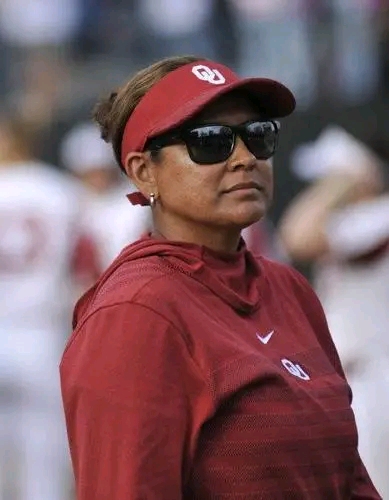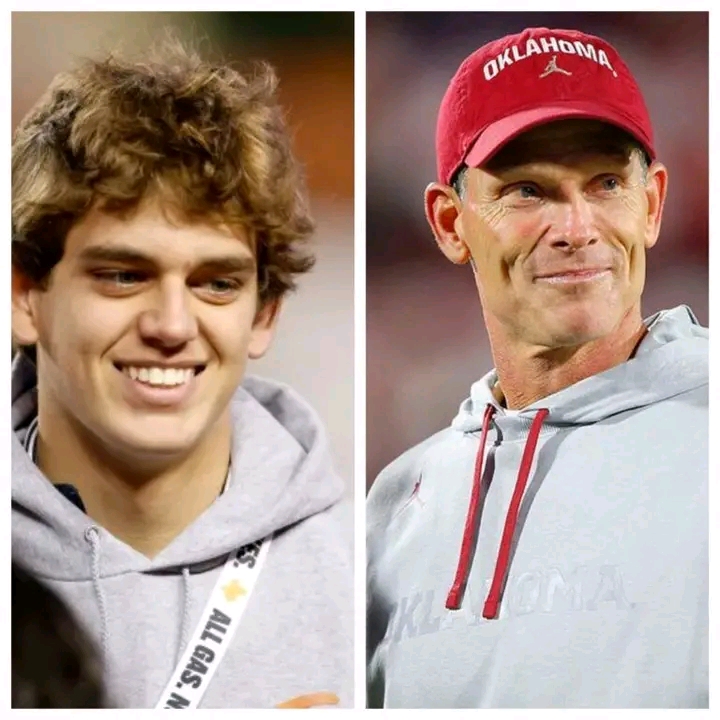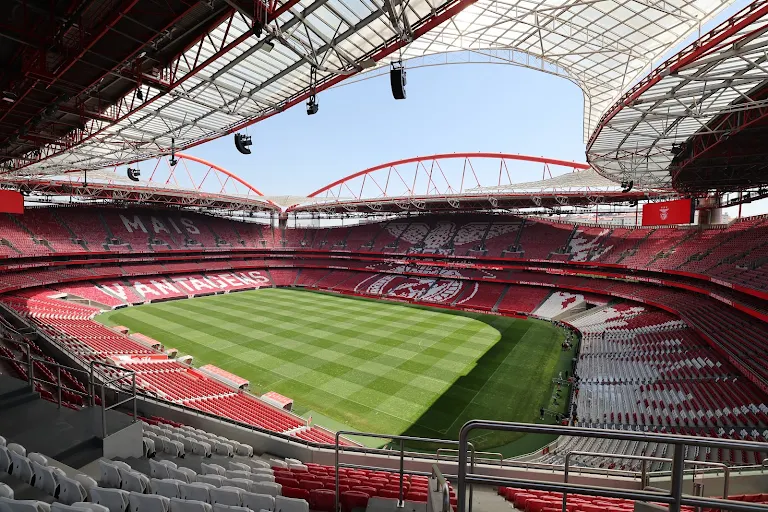
Jay Bilas, one of the most respected voices in college basketball, has never been shy about offering blunt and honest assessments of programs across the country. Recently, he made a statement that is bound to spark debate in Lexington and across the college basketball landscape. Bilas said that Kentucky, despite its historic tradition and blue-blood status, cannot currently be considered part of the top tier of college basketball programs. His comments are not an indictment of Kentucky’s legacy, but rather a reflection of where the program stands today compared to the nation’s elite.
For decades, Kentucky has prided itself on being at the forefront of college basketball. The Wildcats have won eight national championships, produced countless NBA players, and built a reputation as one of the sport’s most recognizable brands. Under John Calipari, Kentucky enjoyed immediate success, reaching four Final Fours in a span of five years from 2011 to 2015 and capturing the 2012 national title. During that stretch, Kentucky seemed untouchable, dominating recruiting and setting the standard for what a modern powerhouse looked like. But in Bilas’s eyes, that version of Kentucky no longer exists, at least not in the same form.
When Bilas talks about “top-tier” programs, he refers to the handful of schools that consistently compete at the highest level, both in recruiting and in postseason results. Over the past several seasons, programs like Kansas, Duke, Connecticut, and even Villanova before Jay Wright retired have had more sustained success than Kentucky. While Calipari’s Wildcats have remained relevant, their tournament track record has left much to be desired. Kentucky has not reached the Final Four since 2015, an eternity by its own lofty standards, and the team has suffered early exits in multiple NCAA Tournaments, including the shocking first-round upset against Saint Peter’s in 2022.
Bilas’s point resonates when one considers how much the landscape of college basketball has changed. The transfer portal and NIL deals have reshaped the way programs build rosters. Some coaches, like Bill Self at Kansas and Dan Hurley at UConn, have adapted more seamlessly, balancing top high school recruits with veteran transfers to create championship-caliber teams. Kentucky, on the other hand, has sometimes leaned too heavily on freshmen, struggling to maintain the right blend of youth and experience. That formula, which once propelled the Wildcats to greatness, no longer guarantees success in today’s game.
Another factor in Bilas’s critique is perception. Kentucky fans often view their program as the center of the basketball universe, but the national spotlight has shifted. UConn has won three national championships in the past decade, solidifying itself as the sport’s dominant modern dynasty. Kansas continues to operate with remarkable consistency, claiming both Big 12 dominance and national hardware. Duke, even after Mike Krzyzewski’s retirement, has remained among the elite under Jon Scheyer. Kentucky, by comparison, has not kept pace with those programs in the postseason, and perception in college basketball is often shaped by what happens in March.
Still, Bilas’s comments are not without nuance. He acknowledges that Kentucky is always capable of rising back into that top tier. The program’s resources, fan support, and tradition give it a built-in advantage that most schools could only dream of. A single Final Four run or national championship could instantly change the conversation. But until that happens, Bilas argues, Kentucky belongs in the next tier down—a program with great potential and historic weight, but not currently sitting at the pinnacle of the sport.
For Kentucky fans, such a statement may sting, but it also underscores the program’s unique position. Very few schools are judged by such a demanding standard. Being out of the “top tier” for Kentucky does not mean mediocrity—it simply means they are being measured against the very best. Whether John Calipari, or perhaps a successor down the line, can return Kentucky to its rightful place among the nation’s elite remains one of the most pressing storylines in college basketball.




